That was a challenge but i think i have an interesting approach: Pattern-matching
If you zoom in, you realize that the pattern in the back only has 4 possible dots, a single full pixle, a double full pixel and a double pixel with a medium left or right. So what i did was grab these 4 patterns from the image with 17.160.000,00 and got to work. Save these to load again, i just grabbed them on the fly
img = cv2.imread('C:/Users/***/17.jpg', cv2.IMREAD_GRAYSCALE)
pattern_1 = img[2:5,1:5]
pattern_2 = img[6:9,5:9]
pattern_3 = img[6:9,11:15]
pattern_4 = img[9:12,22:26]
# just to show it carries over to other pics ;)
img = cv2.imread('C:/Users/****/6.jpg', cv2.IMREAD_GRAYSCALE)
Actual Pattern Matching
Next we match all the patterns and threshold to find all occurrences, i used 0.7 but you can play around with it a little. These patterns take off some pixels on the side and only match a sigle pixel on the left so we pad twice (one with an extra) to hit both for the first 3 patterns. The last one is the single pixel so it doesnt need it
res_1 = cv2.matchTemplate(img,pattern_1,cv2.TM_CCOEFF_NORMED )
thresh_1 = cv2.threshold(res_1,0.7,1,cv2.THRESH_BINARY)[1].astype(np.uint8)
pat_thresh_1 = np.pad(thresh_1,((1,1),(1,2)),'constant')
pat_thresh_15 = np.pad(thresh_1,((1,1),(2,1)), 'constant')
res_2 = cv2.matchTemplate(img,pattern_2,cv2.TM_CCOEFF_NORMED )
thresh_2 = cv2.threshold(res_2,0.7,1,cv2.THRESH_BINARY)[1].astype(np.uint8)
pat_thresh_2 = np.pad(thresh_2,((1,1),(1,2)),'constant')
pat_thresh_25 = np.pad(thresh_2,((1,1),(2,1)), 'constant')
res_3 = cv2.matchTemplate(img,pattern_3,cv2.TM_CCOEFF_NORMED )
thresh_3 = cv2.threshold(res_3,0.7,1,cv2.THRESH_BINARY)[1].astype(np.uint8)
pat_thresh_3 = np.pad(thresh_3,((1,1),(1,2)),'constant')
pat_thresh_35 = np.pad(thresh_3,((1,1),(2,1)), 'constant')
res_4 = cv2.matchTemplate(img,pattern_4,cv2.TM_CCOEFF_NORMED )
thresh_4 = cv2.threshold(res_4,0.7,1,cv2.THRESH_BINARY)[1].astype(np.uint8)
pat_thresh_4 = np.pad(thresh_4,((1,1),(1,2)),'constant')
Editing the Image
Now the only thing left to do is remove all the matches from the image. Since we have a mostly white backround we just set them to 255 to blend in.
img[pat_thresh_1==1] = 255
img[pat_thresh_15==1] = 255
img[pat_thresh_2==1] = 255
img[pat_thresh_25==1] = 255
img[pat_thresh_3==1] = 255
img[pat_thresh_35==1] = 255
img[pat_thresh_4==1] = 255
Output

Edit:
Take a look at Abstracts answer as well for refining this output and tesseract finetuning
